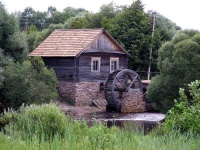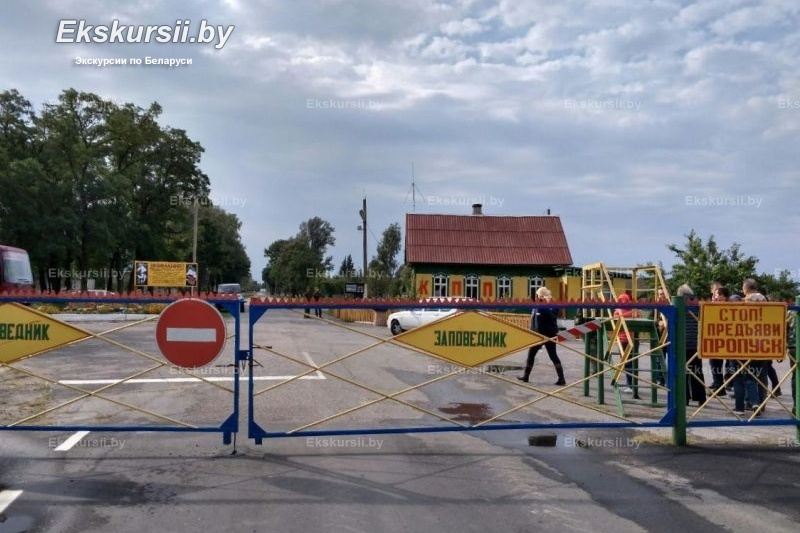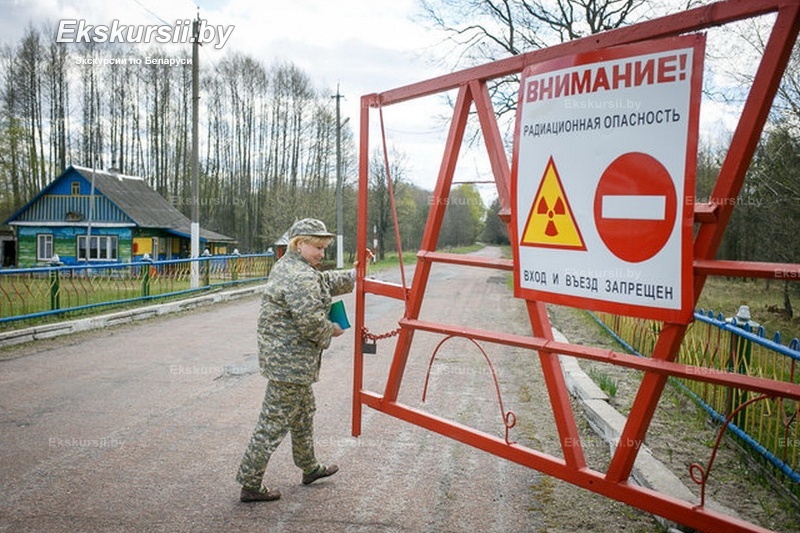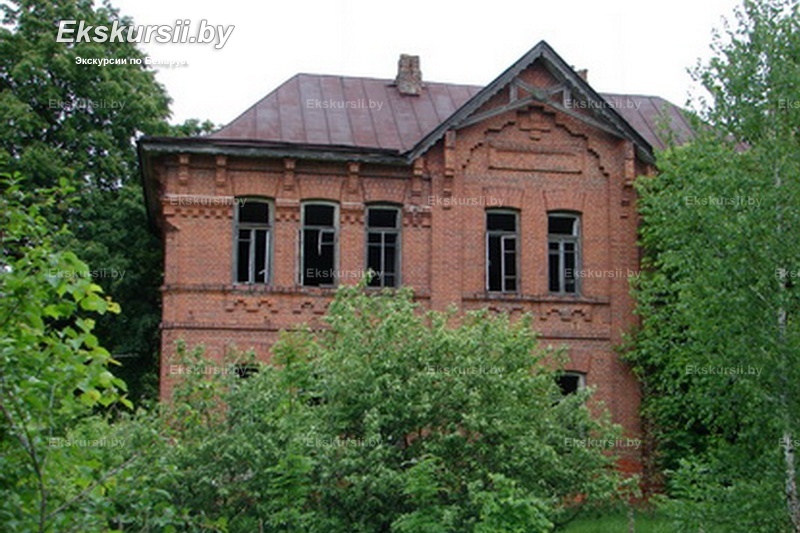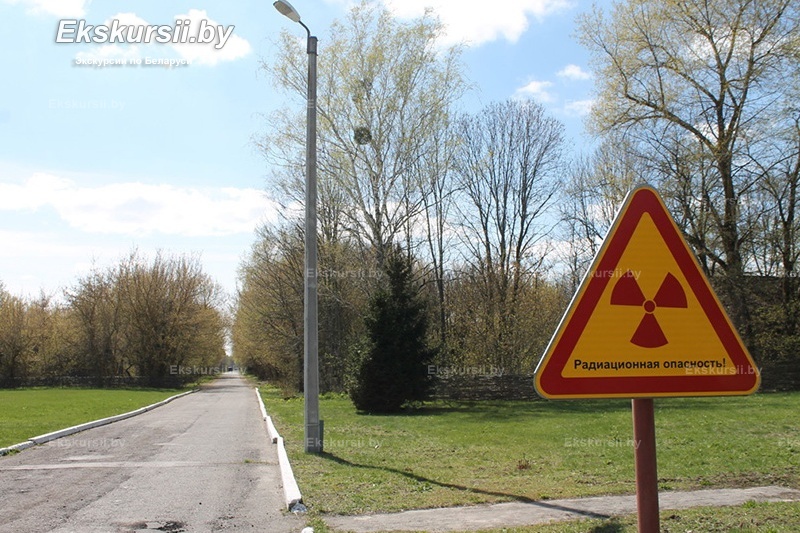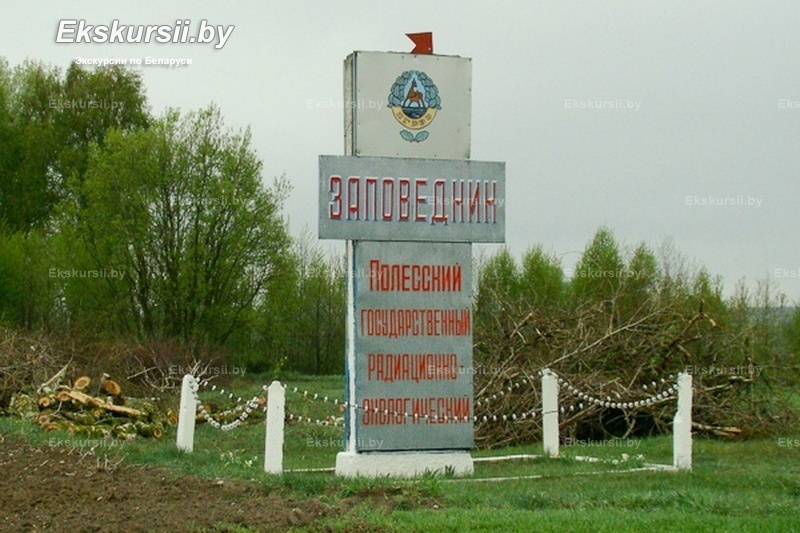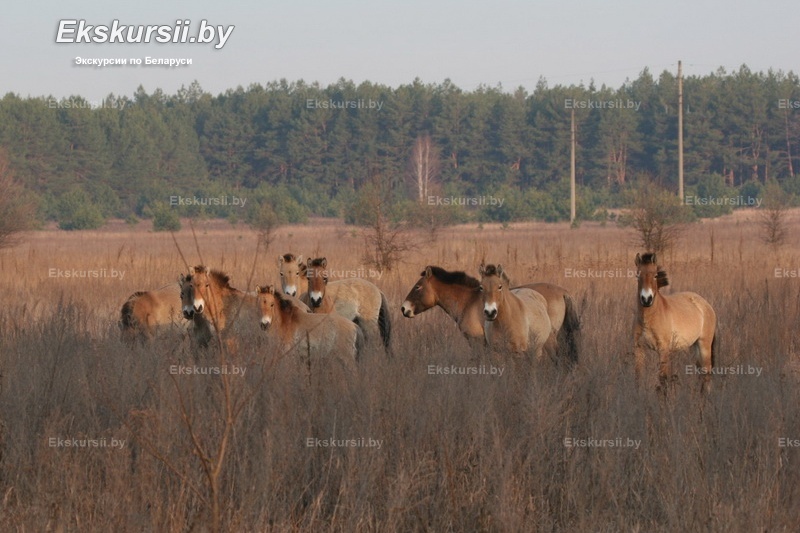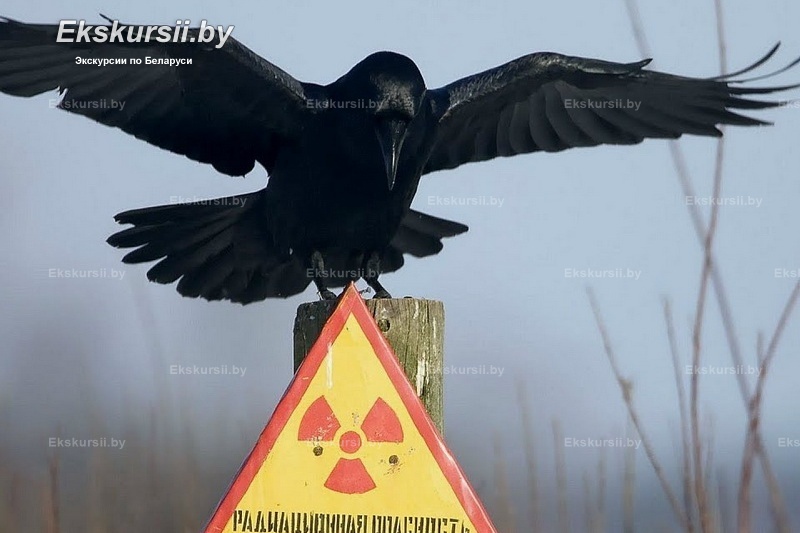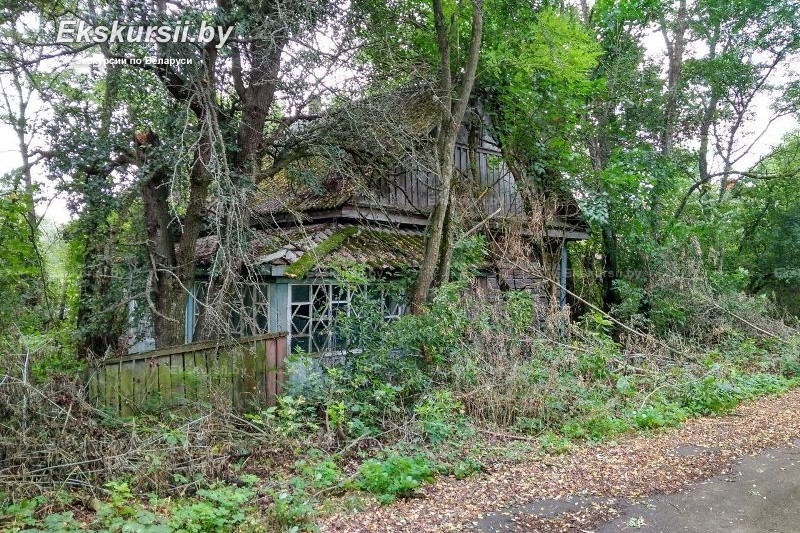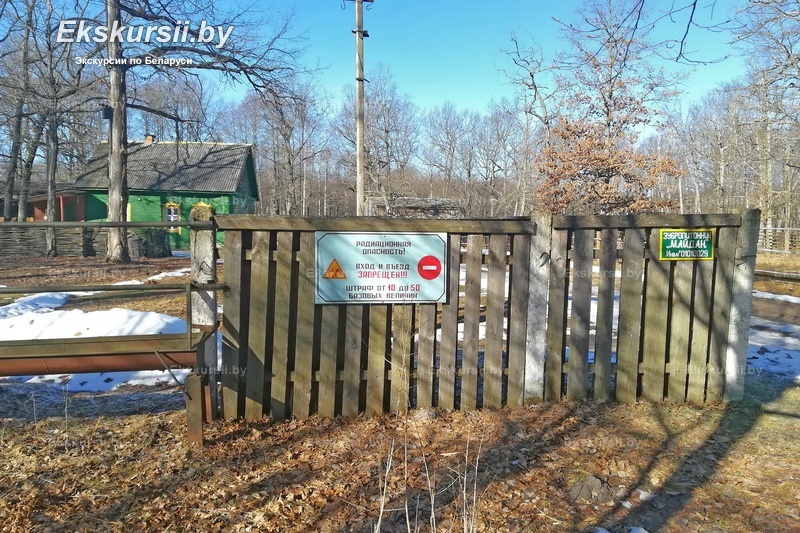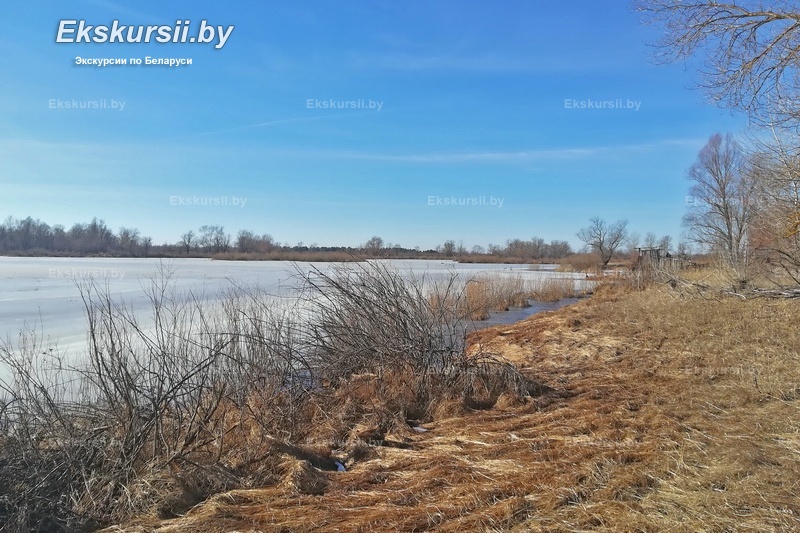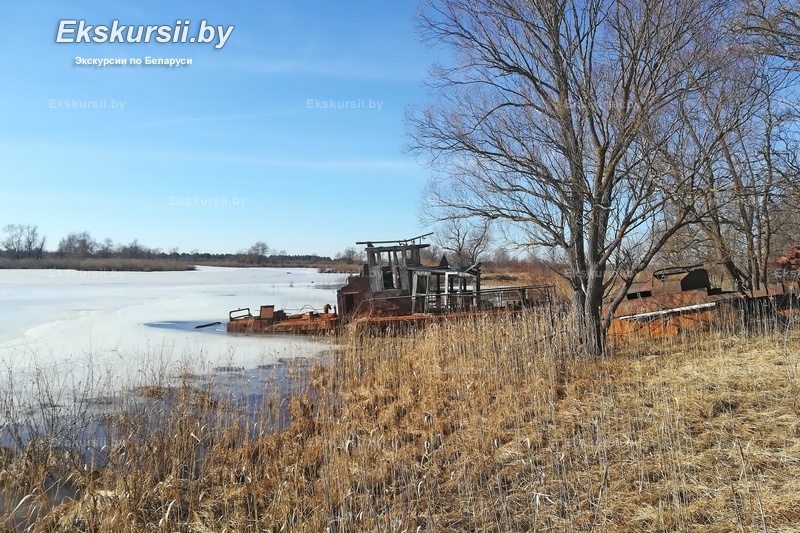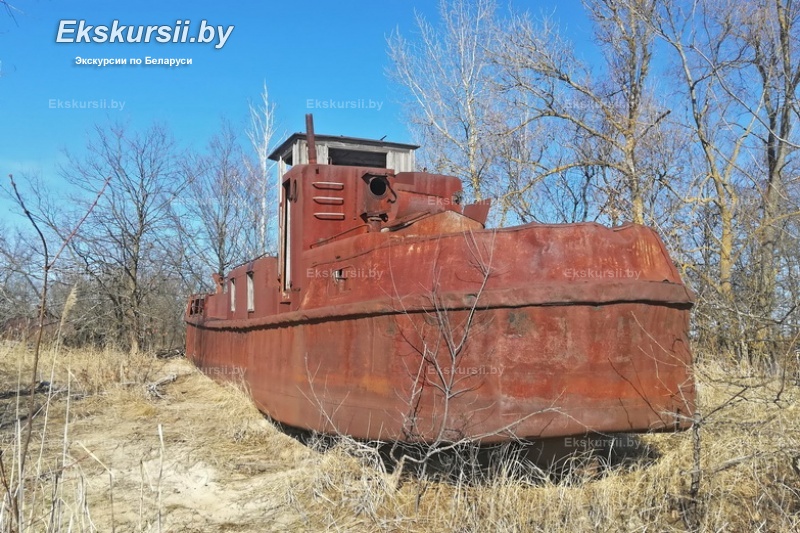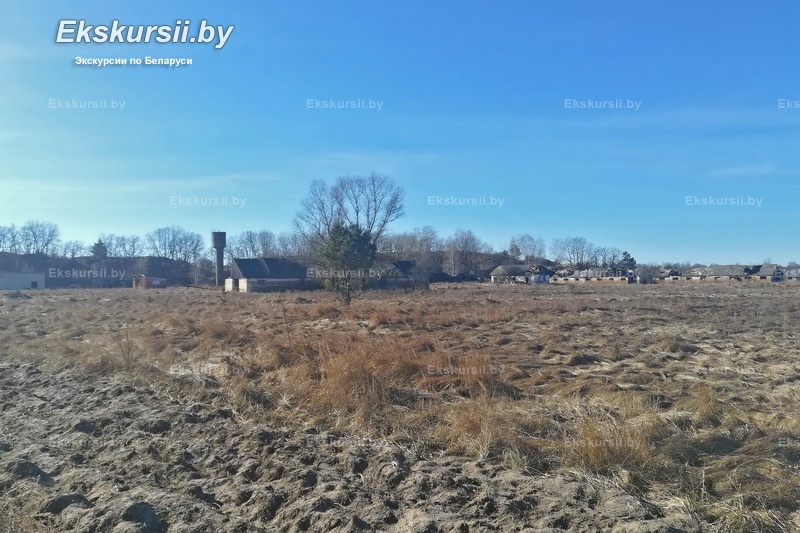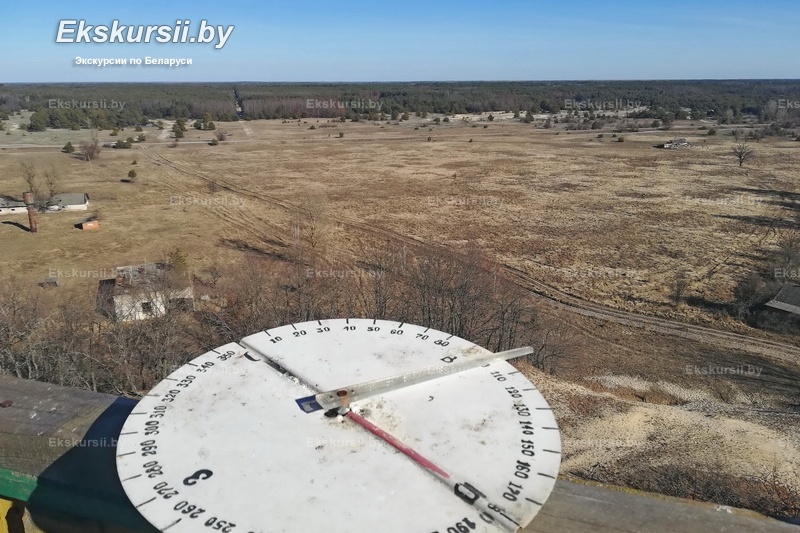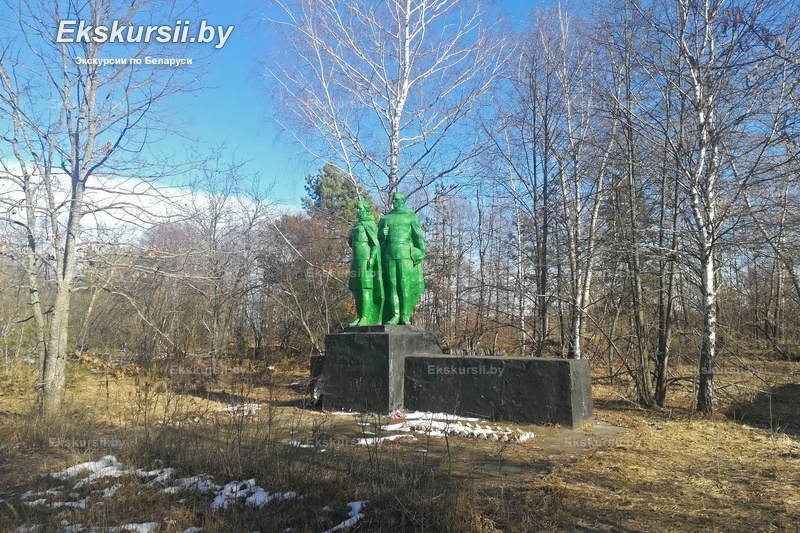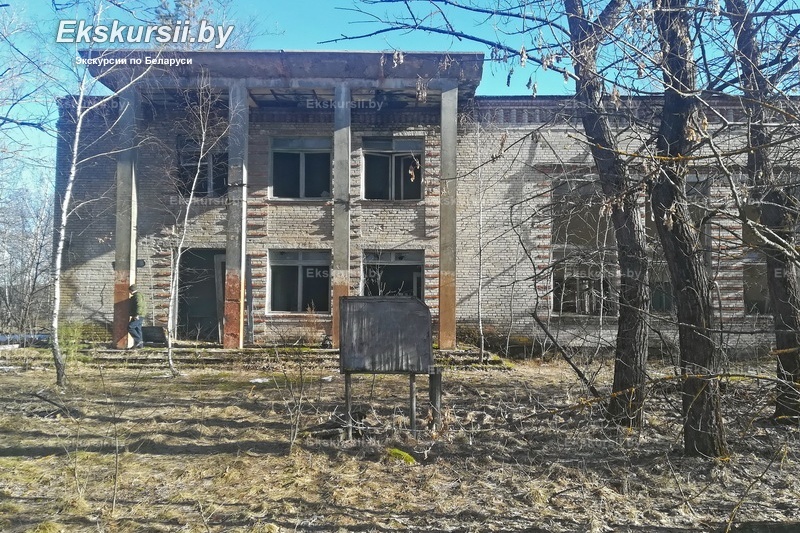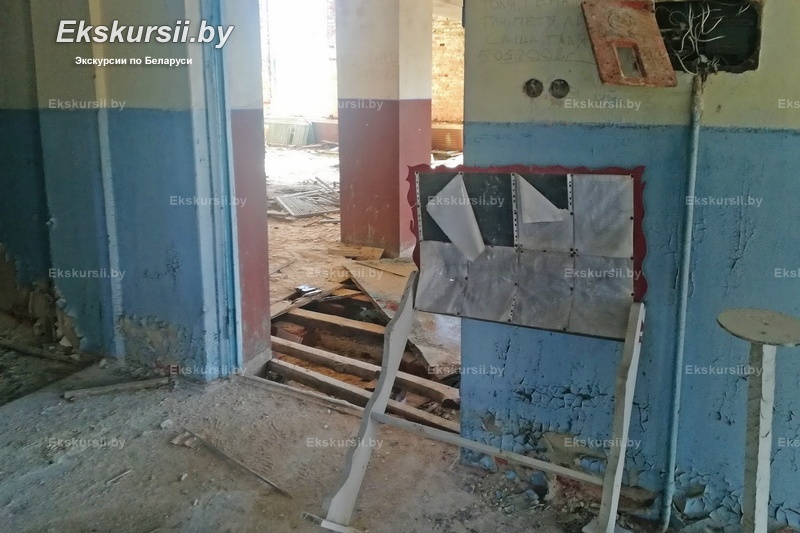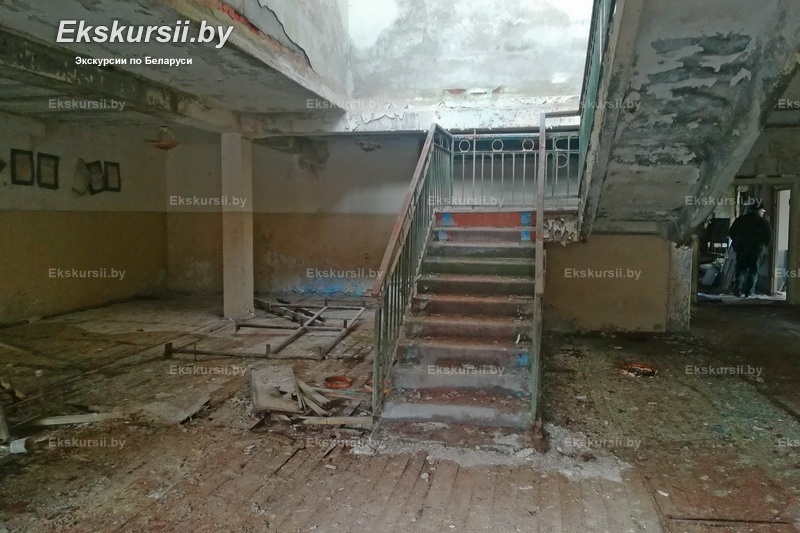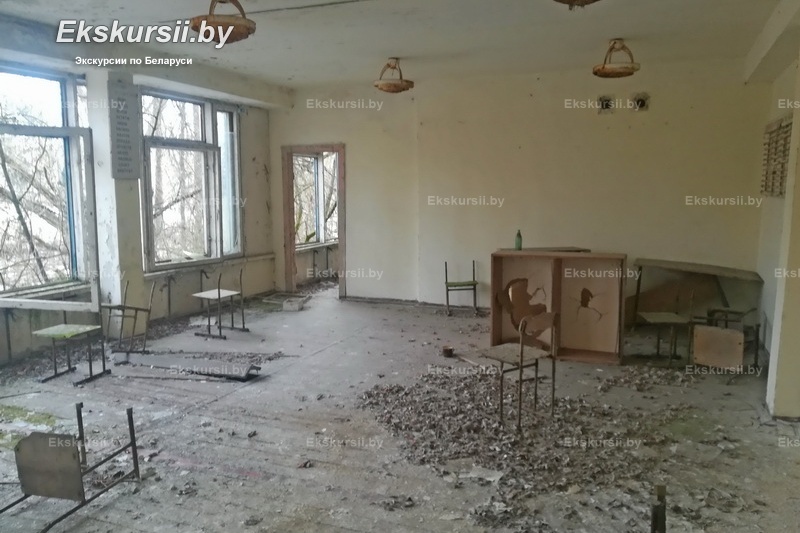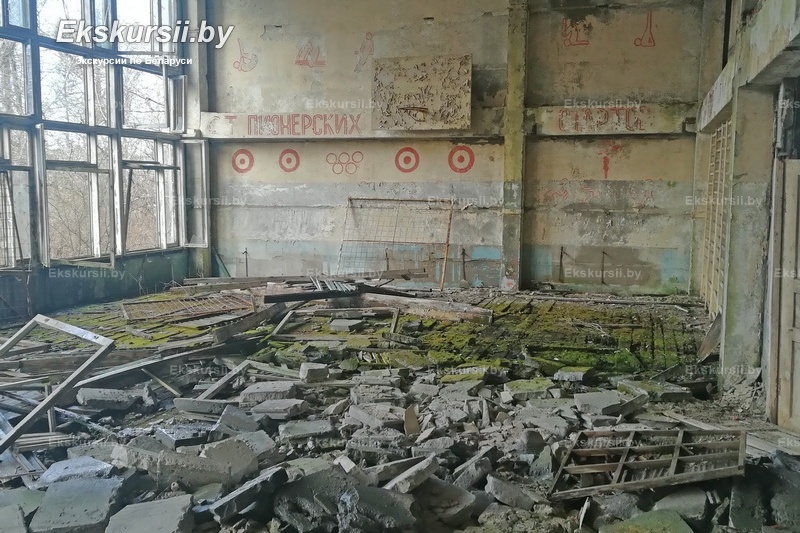- Home
- →
- Attractions
- →
- Polessky radiation-ecological reserve
Polessky radiation-ecological reserve
Polesie State Radiation-Ecological Reserve (PSRER) is the largest nature reserve in Belarus, covering over 2,170 sq. km in the south of Gomel Region, within the exclusion and resettlement zones formed after the Chernobyl Nuclear Power Plant disaster. This area is unique because nature has been developing here without human interference for over 35 years. It is a kind of “open-air experiment” for studying the effects of radiation on ecosystems.
History of the Polesie State Radiation-Ecological Reserve
The reserve was established on July 18, 1988, to contain radioactive contamination, protect the environment, and monitor its condition. Its creation is directly linked to the 1986 Chernobyl disaster. Initially, the area was 1,313 sq. km, but by 1993 it was expanded to 2,160 sq. km, and later to its current size of 2,170 sq. km.
Dozens of evacuated villages were included within the reserve. Since its founding, continuous scientific research has been conducted here: radiation and ecological monitoring, studies of wildlife behavior under increased radiation, and ecosystem restoration. The reserve also serves as a sanitary zone preventing the spread of radionuclides.
Nature and wildlife
Despite its tragic history, the reserve has become a refuge for many animal species. More than 50 species of mammals live here, including brown bears, lynxes, badgers, raccoon dogs, roe deer, and European bison. The lynx population is stable — about 34 individuals — a record among Belarusian protected areas. The bird population includes more than 280 species, including rare ones like the white-tailed eagle, black stork, and eagle owl. The water bodies host 29 species of fish. The plant world includes over 1,200 species, 29 of which are listed in the Red Book of Belarus.
Ecological and scientific importance
The reserve is a unique open-air scientific laboratory. It allows scientists to observe how nature recovers after radiation exposure without human influence. Long-term ecological and radiation monitoring is carried out here, as well as radiobiology studies and research into the effects of contamination on biodiversity and natural processes.
Visiting the Polesie State Radiation-Ecological Reserve
The reserve is closed to the general public. Entry is allowed only with special permission and as part of an organized tour accompanied by a certified guide. Tour routes are designed in accordance with protection protocols and ecological standards. All visits are strictly regulated — groups may enter the reserve only during daylight hours and must follow pre-approved routes. This ensures both visitor safety and minimal disturbance to natural processes.
Tours to the Polesie State Radiation-Ecological Reserve
You can visit the PSRER as part of our «Belarusian Chernobyl» tour. This is a unique route through the exclusion zone, granting access to one of the most restricted and mysterious places in Belarus. The tour meets all safety requirements and is led by an experienced guide. It allows you to legally enter the Chernobyl exclusion zone, witness the consequences of a man-made disaster, and see how nature develops without human intervention.
During the Chernobyl Zone Tour, you will:
- visit the PSRER’s information and exhibition center, where you’ll find materials about radiation contamination, life in the exclusion zone, and the work of the reserve;
- travel through abandoned villages deserted after the Chernobyl accident;
- see how natural ecosystems are recovering in complete isolation;
- hear from your guide about ongoing scientific research, ecology, and the current radiation situation.
This route is a great opportunity for those interested in history, ecology, and the consequences of technological disasters. It will appeal to travelers and anyone looking for unusual routes and unique experiences.
Individual and corporate excursions - Polessky radiation-ecological reserve
-
Belarusian Chernobyl
- Dates on request
- Duration: 14 hours
- other services
- certified guide services
- transport services

